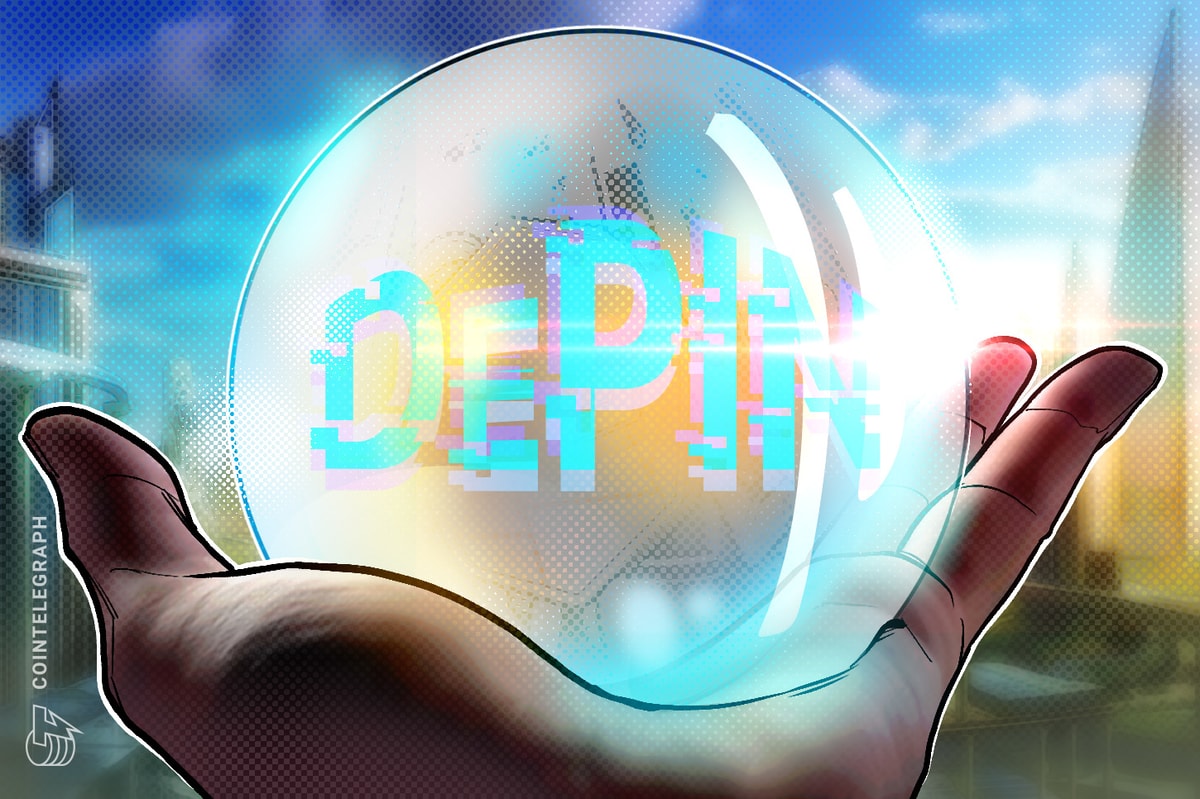The urgent need for DePIN.

Opinion by: Carlos Lei, co-founder and CEO of Uplink
Seeing Spain, Portugal, and France go dark recently? Sure, millions lost power. It was a connectivity collapse, showing just how brittle communication lifelines become when the power dies.
Don’t think for a second this is just a European problem. The same script plays out all over. South Africa’s endless power woes. Pakistan’s massive blackout in 2023. Then there was that crazy Texas freeze in 2021. Another time, locals in Houston melted snow off their roofs into buckets just to flush toilets for an entire week. Most people were without heat in sub-zero temperatures, and power and phones were completely out. It was an unforgettable lesson about just how fragile essential systems can be.
The hard truth? Much of this core infrastructure is ancient, never designed for today’s always-on, data-guzzling reality. Now, it’s groaning under the strain of integrating renewables and an explosion in digital demand — the tech sector’s global energy use is on track to nearly double by 2030. That’s precisely why DePINs — decentralized physical infrastructure networks — are shifting from niche experiment to critical necessity for anyone in the blockchain space.
Think decentralized with DePIN
The industry has got to be smarter about this. Resilience is needed here, and it starts with communities, not just top-down.
That’s precisely where DePIN steps in as a real solution, especially for keeping us all connected. DePIN technology uses the blockchain and other key tools to coordinate community efforts in building and running real-world infrastructure — internet networks are a prime example. Instead of one big company holding all the keys, picture a network powered by thousands, millions, of everyday people and businesses sharing what they have — their WiFi routers, maybe some storage space, or setting up small, new pieces of gear.
And don’t think DePIN is only about the internet. It’s got massive potential for energy too. Consider your neighborhood sharing solar power from rooftops or managing local battery storage through its own small grid. That’s real energy independence, closer to home, and less dependent on those big, faraway power plants and their shaky lines.
What’s so great about going decentralized? It massively cuts the risk of one centralized point of failure and taking everything else with it. If one part of a DePIN network has a problem, the other devices can usually find a way around it, keeping things running locally. It’s people building their own safety net, making access fairer, and keeping essential services alive when the giants stumble.
DePIN in the real world
This isn’t some pie-in-the-sky idea. It’s out there, working now. Take Dharamsala, India. Tibetan exiles there, facing unreliable power, ingeniously built a wireless mesh network from scrap just to stay connected. Or Red Hook in Brooklyn after Hurricane Sandy? Their local mesh was a lifeline when everything else was out. These are more than just nice anecdotes. They prove this tech steps up in a crisis.
Recent: Countries must add DePIN tokens to their digital asset stockpiles
Most of the time, the best way forward is a mix. Decentralized tech doesn’t have to replace everything; it can team up with existing systems and make them tougher. OpenRoaming is a great example — it connects to over 3 million routers and uses ID management with automatic WiFi connections so you can hop onto hotspots globally without a fuss. That’s the kind of teamwork the industry needs, and it’s a standard everyone is all in on.
Initiatives like OpenRoaming can be taken even further. A decentralized wireless (DeWi) approach, built on DePIN principles, can help map out and validate these existing hotspots, making them more discoverable and reliable. Beyond that, DeWi can expand this federated access by integrating countless additional community-owned and operated access points that aren’t part of the initial OpenRoaming network. This can effectively broaden reach and fill coverage gaps. This is where the power of a decentralized layer truly shines — enhancing and extending established standards.
Just think: Another massive storm hits, cell towers go down. A local DePIN network, with some routers on backup power or just talking to each other, could be the only way people get messages out, find critical info, or organize help. Having that option? It makes a massive difference when everything else is offline.
Time to act, not just react
These blackouts? They can’t just be news that people forget in a week. They have to be a real wake-up call. For anyone who has a stake in keeping essential services running — whether you’re in government, leading a big company, or planning cities — it’s time for some straight talk: Betting the farm on purely centralized systems is a recipe for disaster. Real resources and brainpower must be channeled into decentralized approaches like DePIN. This isn’t about some futuristic add-on. It’s about building the bedrock of resilience that people need.
What’s the first move? Governments can open the door wider for these new approaches to get off the ground. Telecom providers and enterprises? It’s time to get creative. Look seriously at weaving decentralized nodes — community routers, mesh backups — into existing network plans. Backing public-private partnerships to build shared DePIN infrastructure in vulnerable spots makes sense for everyone.
For all of us, the objective has to be building fallback systems with multiple layers. Blend the reach of traditional networks with the grassroots resilience of decentralized ones. This is non-negotiable for sectors like transport, healthcare, and emergency services.
Let’s stop treating connectivity like a secondary concern. It’s critical infrastructure, as vital as power itself. Relational communication is about safety, community survival, and basic function when disaster strikes. Creating a future free from these widespread communication failures demands cooperation between the old guard and the new decentralized movement. It’s high time everyone hardened their digital lifelines before the next crisis hits.
Opinion by: Carlos Lei, co-founder and CEO of Uplink.
This article is for general information purposes and is not intended to be and should not be taken as legal or investment advice. The views, thoughts, and opinions expressed here are the author’s alone and do not necessarily reflect or represent the views and opinions of Cointelegraph.













